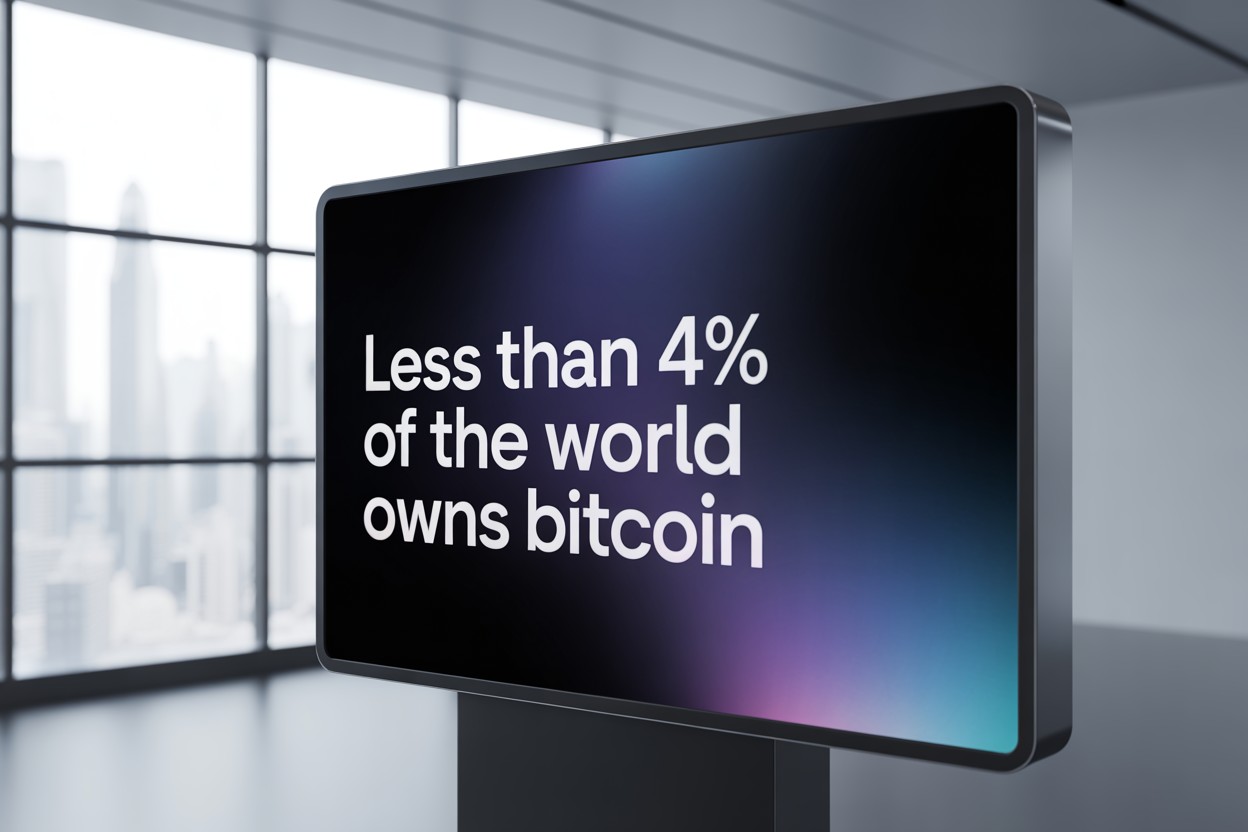Despite the headlines and market buzz, global adoption of digital assets is still in its early stages. According to recent data from River, only less than 4% of the world’s population owns Bitcoin. While this may sound surprising given the constant media attention, it actually highlights just how much room there is for growth — not only for Bitcoin but also for the entire altcoin ecosystem.
Global Distribution of Crypto Holders
River’s research shows that adoption is uneven across regions:
- North America: The highest concentration of holders, reflecting strong infrastructure, accessible exchanges, and increasing institutional participation.
- Africa: The lowest concentration, despite the continent’s potential for blockchain solutions in payments, remittances, and financial inclusion.
This imbalance paints a picture of a world where some regions are racing ahead in digital asset adoption, while others are just beginning to explore the possibilities.
Why the Low Global Adoption Rate Matters
The fact that fewer than 4% of people globally own Bitcoin underscores several key realities:
- Early-stage market: Despite more than a decade of existence, crypto adoption is far from mainstream. This means massive upside potential remains for both Bitcoin and altcoins.
- Barriers to entry: Many people still face challenges such as lack of education, regulatory uncertainty, and limited access to secure platforms.
- Opportunity for altcoins: As adoption widens, altcoins with practical use cases — from DeFi networks to tokenized assets — stand to benefit even more than Bitcoin.
Altcoins and the Adoption Curve
While Bitcoin often dominates headlines, altcoins are becoming increasingly relevant to global adoption. For example:
- DeFi altcoins provide access to lending, borrowing, and yield opportunities without intermediaries.
- Stablecoins offer an on-ramp for individuals in countries with unstable currencies.
- Utility-focused tokens are powering ecosystems in gaming, payments, and cross-border finance.
As more people enter the crypto space, they are likely to explore beyond Bitcoin, diversifying into altcoins that offer real-world solutions.
Regional Growth Potential
- North America: Already leading, but further growth will likely come from institutional adoption and regulatory clarity.
- Africa: While adoption is currently low, the continent represents one of the largest untapped markets. With a young, tech-savvy population and significant demand for financial alternatives, altcoins could play a transformative role here.
- Asia and Latin America: Both regions are emerging as strong contenders, with vibrant communities, innovative projects, and increasing government attention.
The uneven distribution of adoption highlights where the next wave of growth could come from — and altcoins are poised to be at the forefront.
Final Thoughts
With less than 4% of the global population owning Bitcoin, the crypto revolution is still in its infancy. The data shows that while North America leads the way, regions like Africa remain underrepresented — but full of potential.
For the altcoin community, this is both a challenge and an opportunity. As education improves, infrastructure expands, and regulations evolve, the number of global holders is likely to rise significantly.
The takeaway: we are still early. Bitcoin may be the entry point, but altcoins will define the next chapters of global adoption.

Leave a Reply